The surprising ways trees shape the world around us
Trending Now
When walking through a forest, it’s easy to overlook the incredible complexity of the ecosystem around you. Trees might seem like solitary giants, but they play vital roles in maintaining the environment and supporting countless forms of life. Each tree has its own story, contributing to a vast, interconnected web that holds nature together. As we delve deeper into their world, you’ll discover just how extraordinary these towering sentinels truly are.
Trees: The Original Social Network
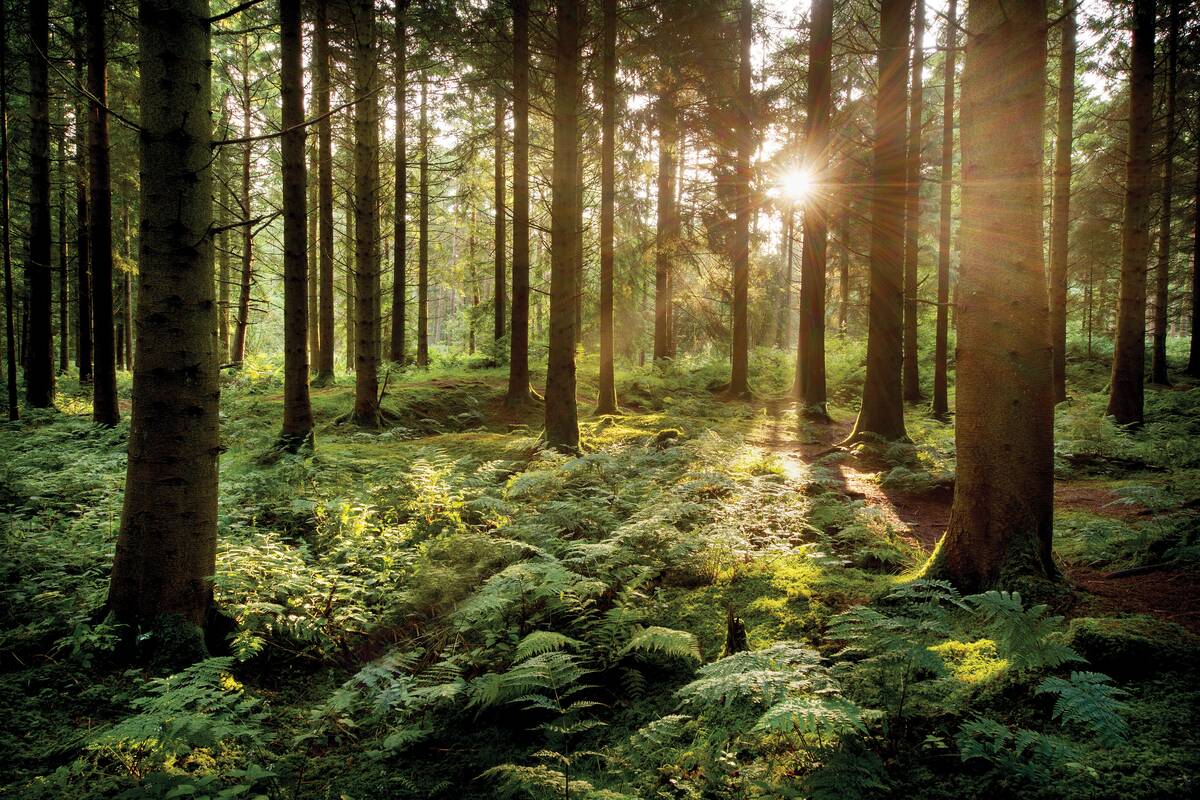
Long before humans created social networks, trees had already perfected their own system of communication. Through a network of roots and fungal connections known as the “Wood Wide Web,” trees can share nutrients and information. This underground system allows them to support each other during times of stress, such as drought or disease. In this way, forests function as a cooperative community, where trees work together for the greater good.
The Secret Language of Trees
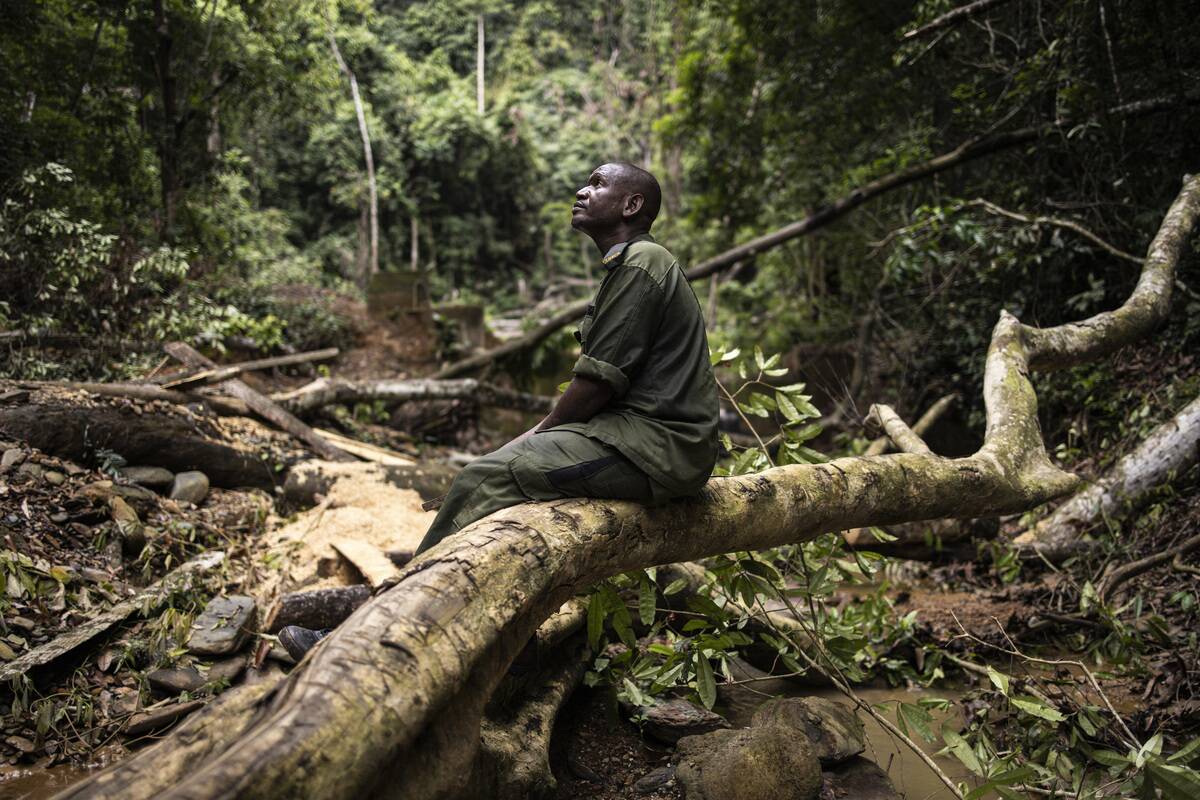
Trees have a secret language that scientists are just beginning to decode. They use chemical signals to communicate distress or coordinate defense mechanisms. For instance, when attacked by pests, trees can release volatile organic compounds to warn their neighbors. This chemical chatter allows trees to mount a collective defense, showcasing their ability to communicate in ways we are only starting to understand.
Trees Have a Built-in Defense System
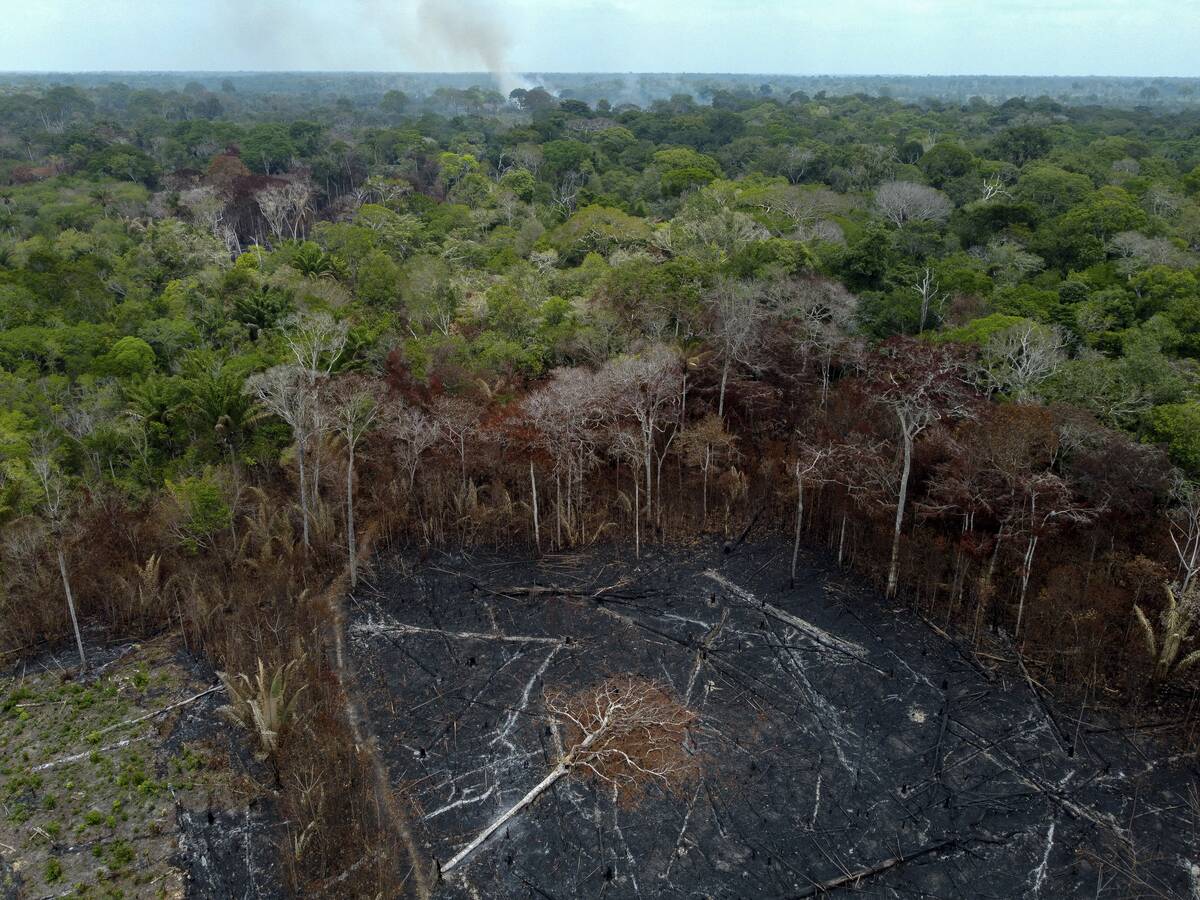
Nature has equipped trees with a remarkable defense system to survive various threats. Some trees produce tannins to deter herbivores, while others develop thick bark to protect against fire and extreme weather. In addition, trees can emit certain scents to attract predators of their pests, effectively recruiting allies in their defense. These adaptations illustrate how trees are far from passive, silently engaging in a constant battle for survival.
A Symphony of Sounds: Trees Make Music
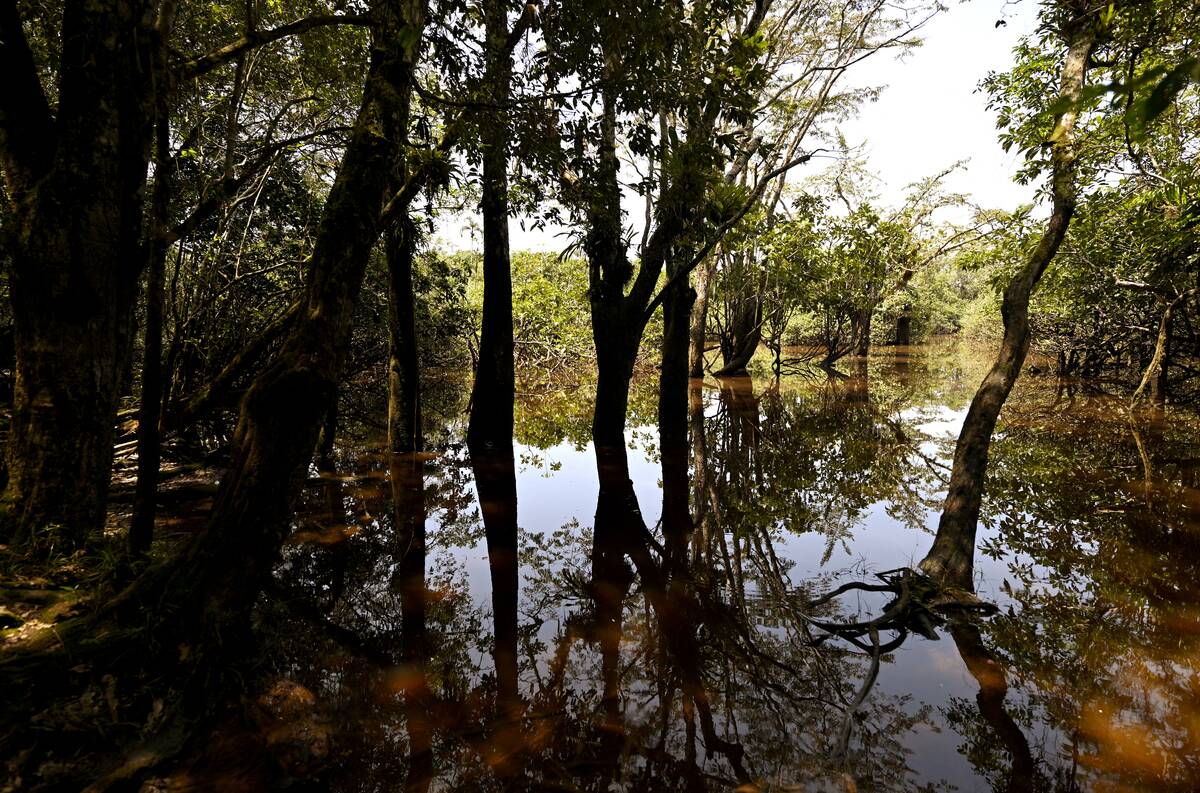
Though trees may not compose melodies as humans do, they still create their own form of music. The rustling of leaves, the creaking of branches, and the whispering of the wind through their boughs contribute to nature’s symphony. Some researchers even study the ultrasonic vibrations emitted by trees, which can reveal their health and stress levels. This hidden soundtrack adds yet another layer to the fascinating world of trees.
The Oldest Living Organisms on Earth
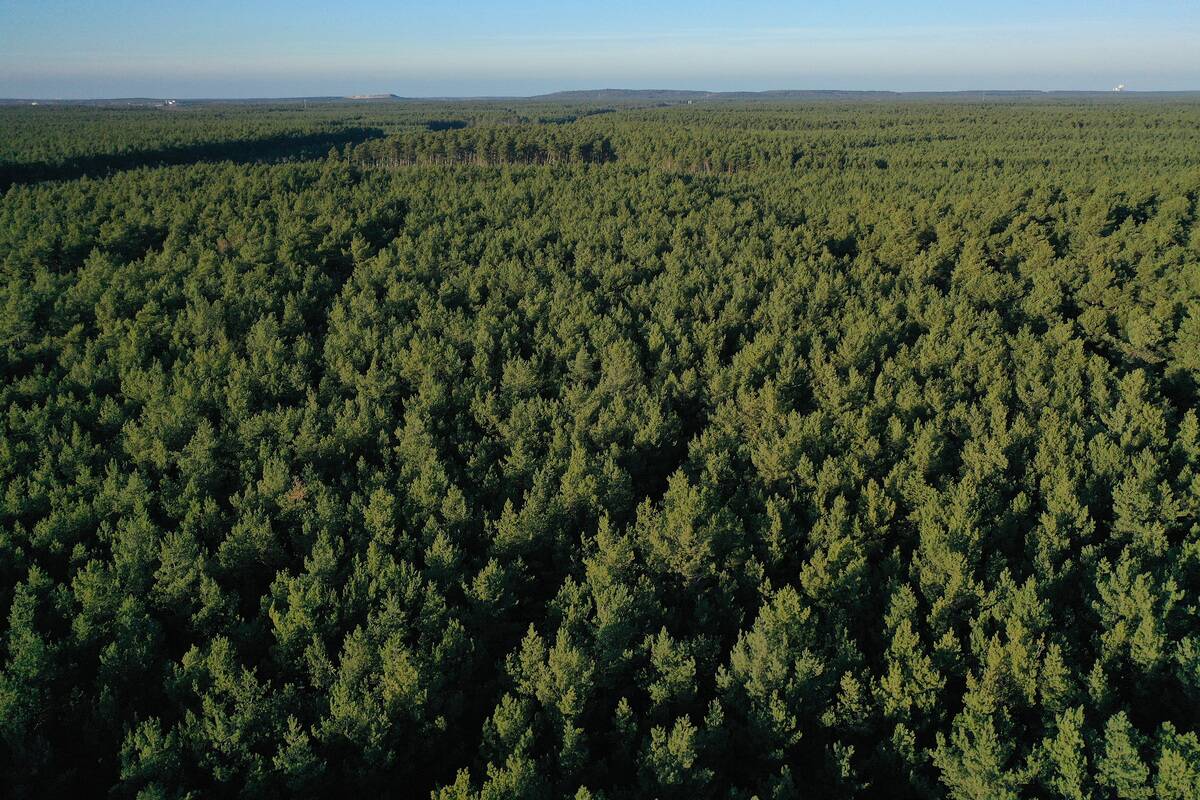
Trees are among the oldest living organisms on our planet, with some individuals outliving entire civilizations. The bristlecone pine, for example, can live for over 5,000 years, standing as a testament to the resilience and longevity of trees. These ancient giants bear witness to millennia of change, offering us a glimpse into the distant past. Their incredible age underscores the importance of preserving these living monuments.
Trees: Nature’s Carbon Sink
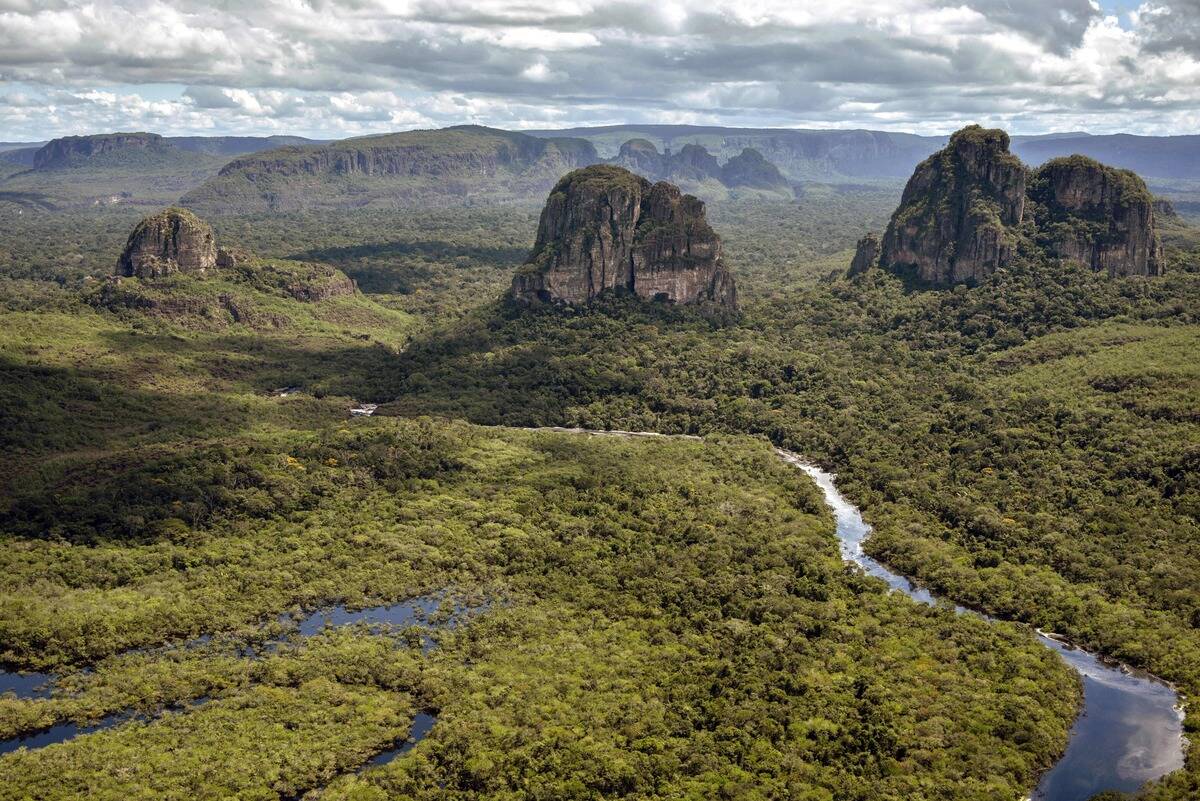
In the fight against climate change, trees play a pivotal role as nature’s carbon sinks. Through the process of photosynthesis, they absorb carbon dioxide and release oxygen, helping to regulate atmospheric levels. A single mature tree can absorb approximately 48 pounds of CO2 per year, making forests essential allies in our efforts to mitigate global warming. This natural process highlights the critical importance of preserving and expanding our forests.
The Unseen World Beneath: Tree Roots and Fungi

Beneath the forest floor lies a hidden world of roots and fungi, forming a symbiotic partnership crucial to tree health. Mycorrhizal fungi attach to roots, extending their reach and enhancing nutrient absorption. In return, trees supply the fungi with carbohydrates produced through photosynthesis. This mutualistic relationship is vital for the survival and growth of many trees, emphasizing the intricate connections that sustain forest ecosystems.
Trees Can Communicate Through the Air

Beyond their underground networks, trees also communicate through the air, sending chemical signals via the wind. These airborne messages can prompt nearby trees to prepare defenses or even alter their growth patterns. By releasing these chemicals, trees demonstrate a surprising level of interaction with their environment, adapting to challenges and ensuring their survival. This aerial communication showcases the dynamic nature of tree interactions.
The Surprising Diversity of Tree Species

The diversity of tree species is astonishing, with over 60,000 known species worldwide. From towering redwoods to delicate bonsais, each species plays a unique role in its ecosystem. This diversity not only enhances the beauty of our landscapes but also supports a wide range of wildlife. The variety of trees contributes to the resilience of forests, making them better equipped to withstand environmental changes.
Trees and Their Role in Climate Regulation
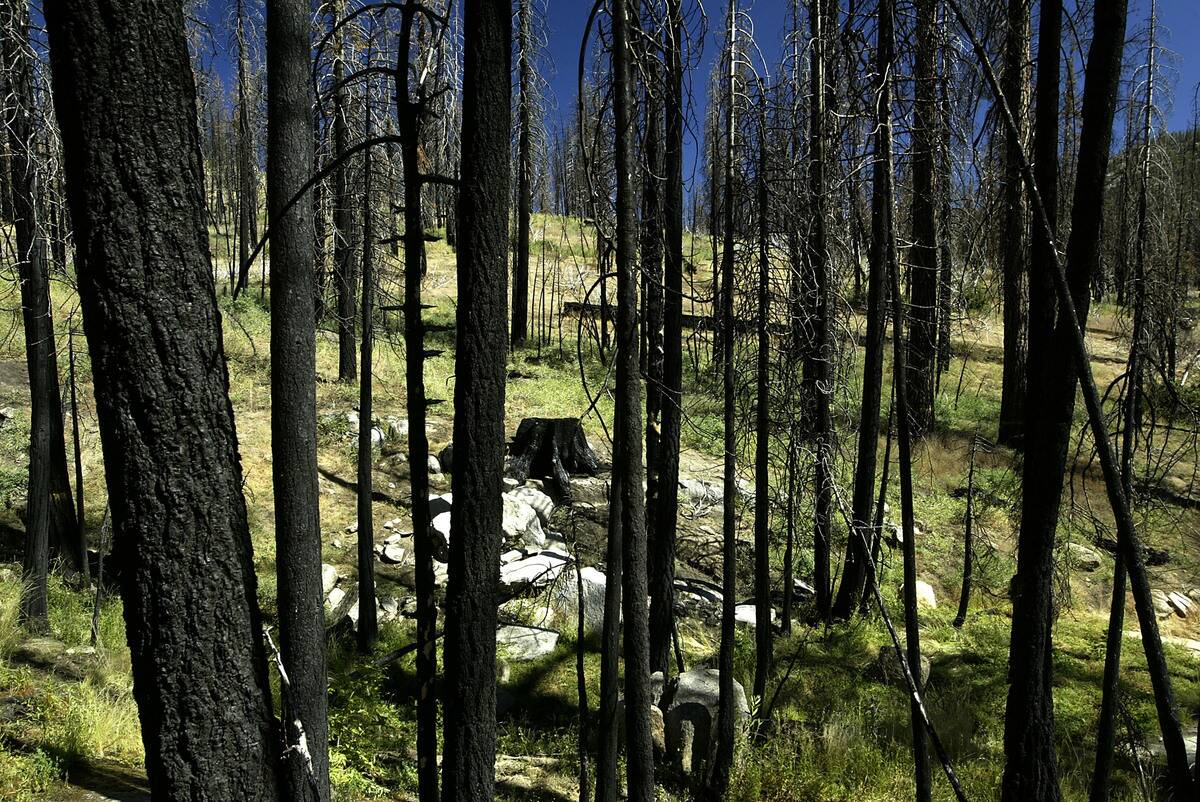
Trees are vital to climate regulation, influencing both local and global climates. They provide shade, reducing ground temperatures and helping to cool the surrounding air. On a larger scale, forests play a crucial role in the global water cycle, affecting rainfall patterns. By stabilizing temperatures and contributing to weather systems, trees help maintain the delicate balance necessary for life on Earth.
How Trees Affect Our Mental Health

Spending time among trees can have profound effects on our mental health. Studies have shown that being in nature reduces stress, anxiety, and depression while boosting mood and cognitive function. The presence of trees in urban environments has been linked to lower crime rates and improved community well-being. This connection to nature is essential for our mental and emotional health, reminding us of the intrinsic bond we share with the natural world.
Trees: The Natural Air Purifiers
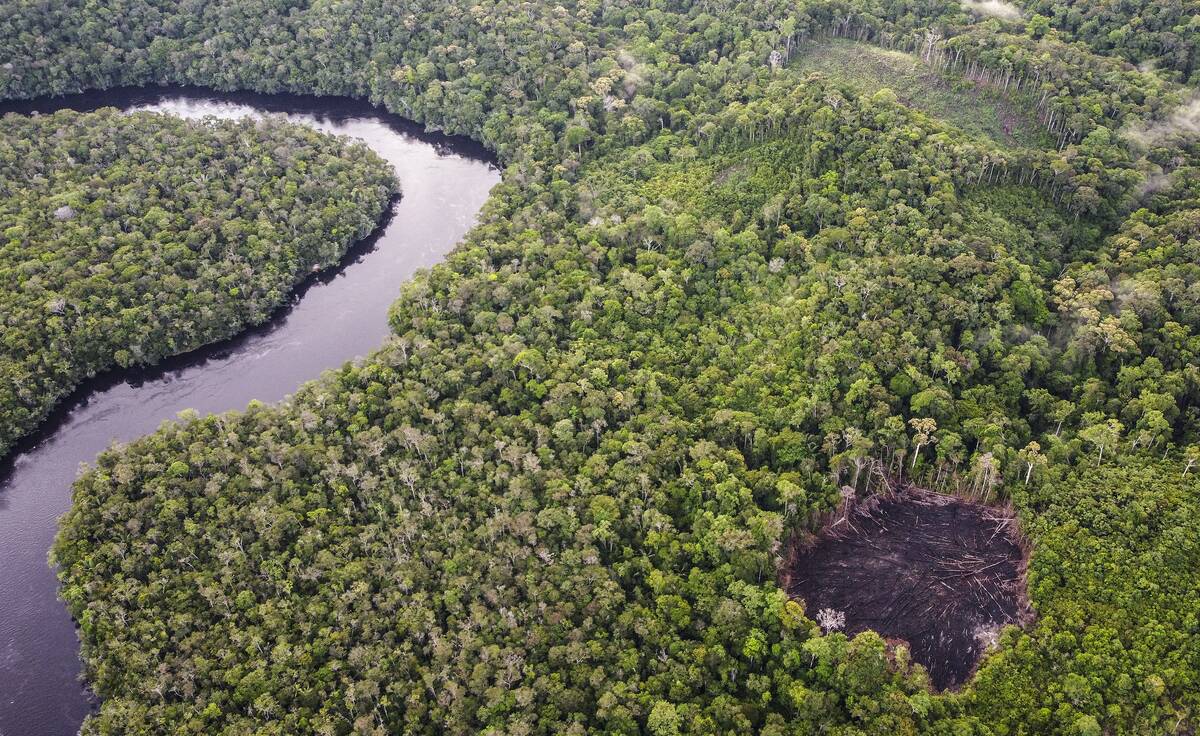
Trees act as natural air purifiers, filtering pollutants and improving air quality. Through their leaves, they trap dust, smoke, and other harmful particles, while their roots and soil microbes break down pollutants. This cleansing process benefits both urban and rural environments, enhancing the health of all living organisms. By purifying the air we breathe, trees contribute significantly to our overall well-being.
Trees as Time Capsules: What They Tell Us About History
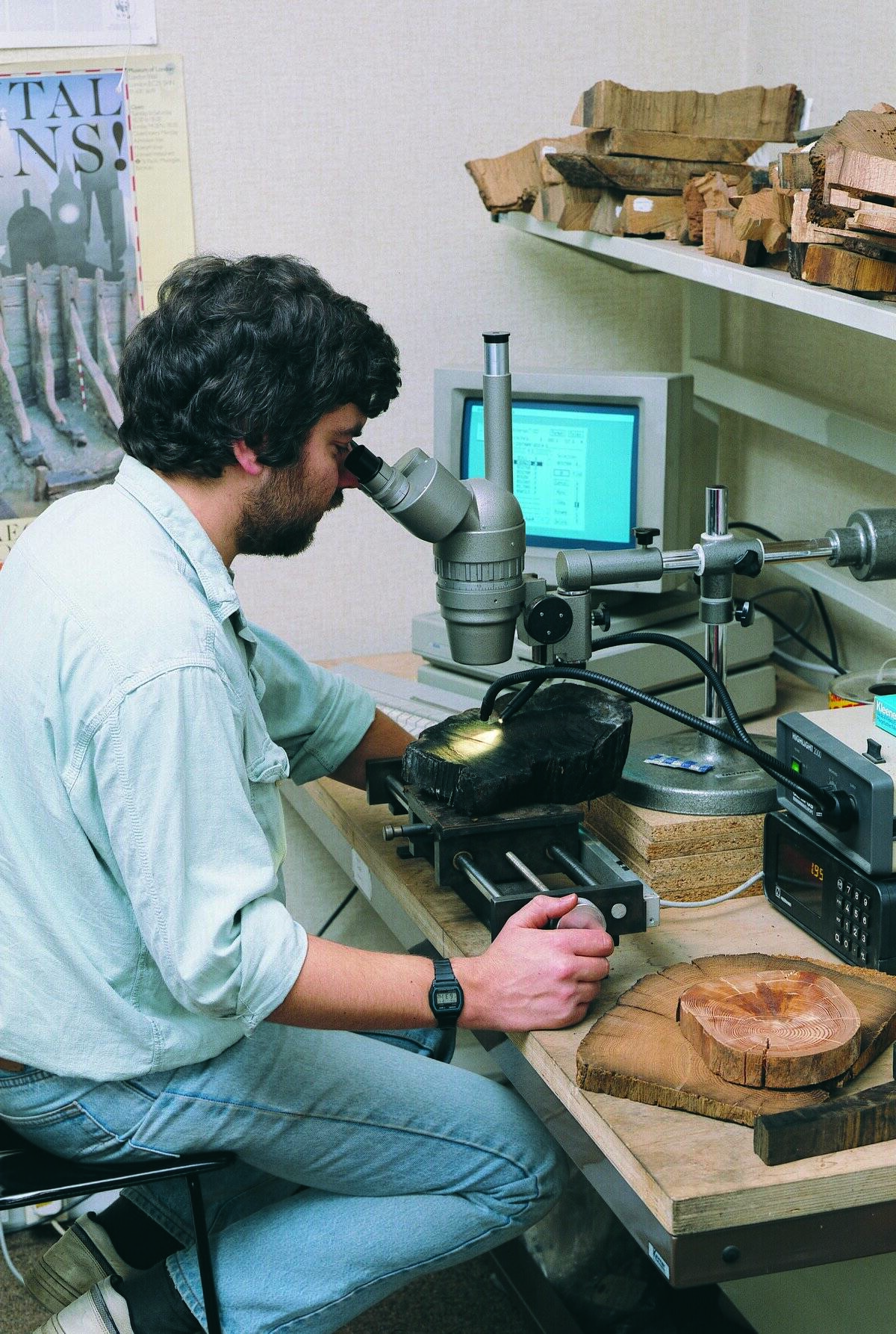
Trees are living time capsules, recording environmental changes within their growth rings. Dendrochronology, the study of tree rings, allows scientists to reconstruct past climates and events. These rings can reveal periods of drought, fire, and even volcanic eruptions, providing insights into historical environmental conditions. By studying these natural archives, we gain a deeper understanding of Earth’s history and the impact of climate on human civilizations.
The Astonishing Height and Growth of Trees
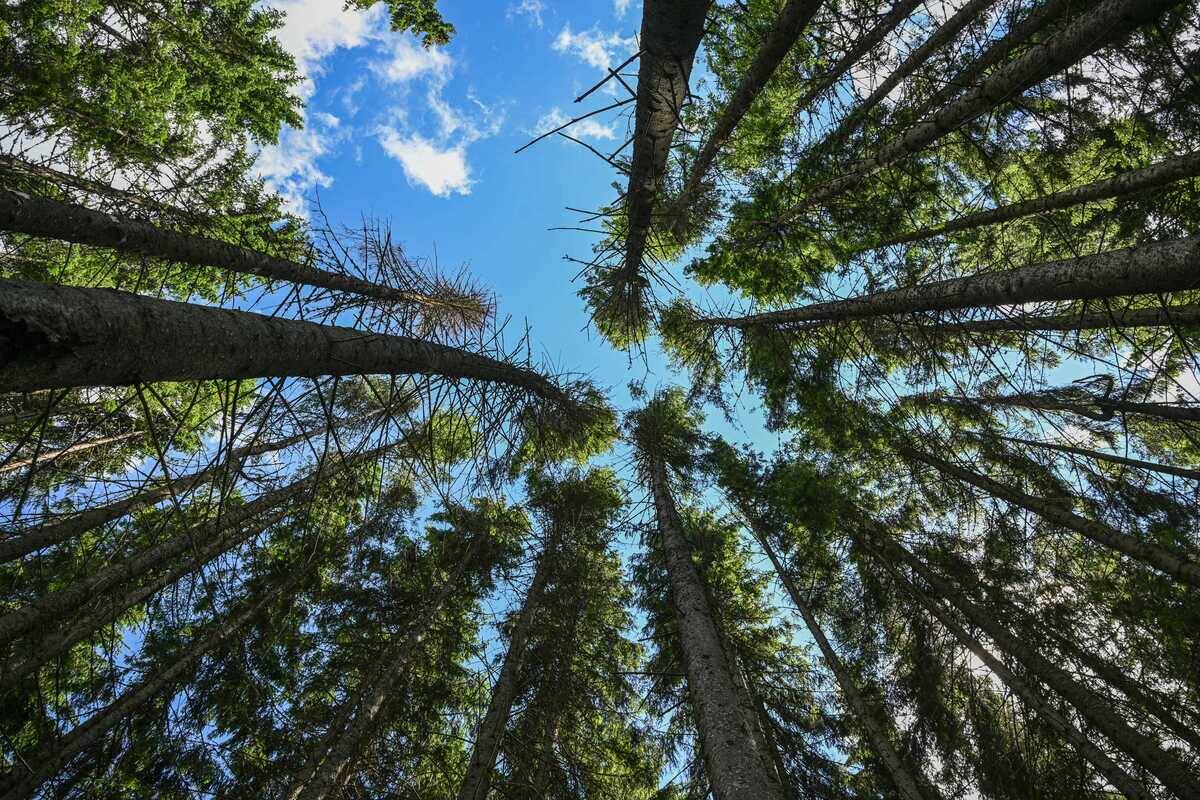
Trees can reach astonishing heights, with the coastal redwood holding the record at over 379 feet tall. This incredible growth is a result of their efficient water transport systems and ability to photosynthesize at great heights. Trees grow in varied conditions, adapting to their environment and stretching skyward in a quest for sunlight. Their impressive height and growth demonstrate the remarkable adaptability and resilience of these towering organisms.
How Trees Support Biodiversity: A Home for Many
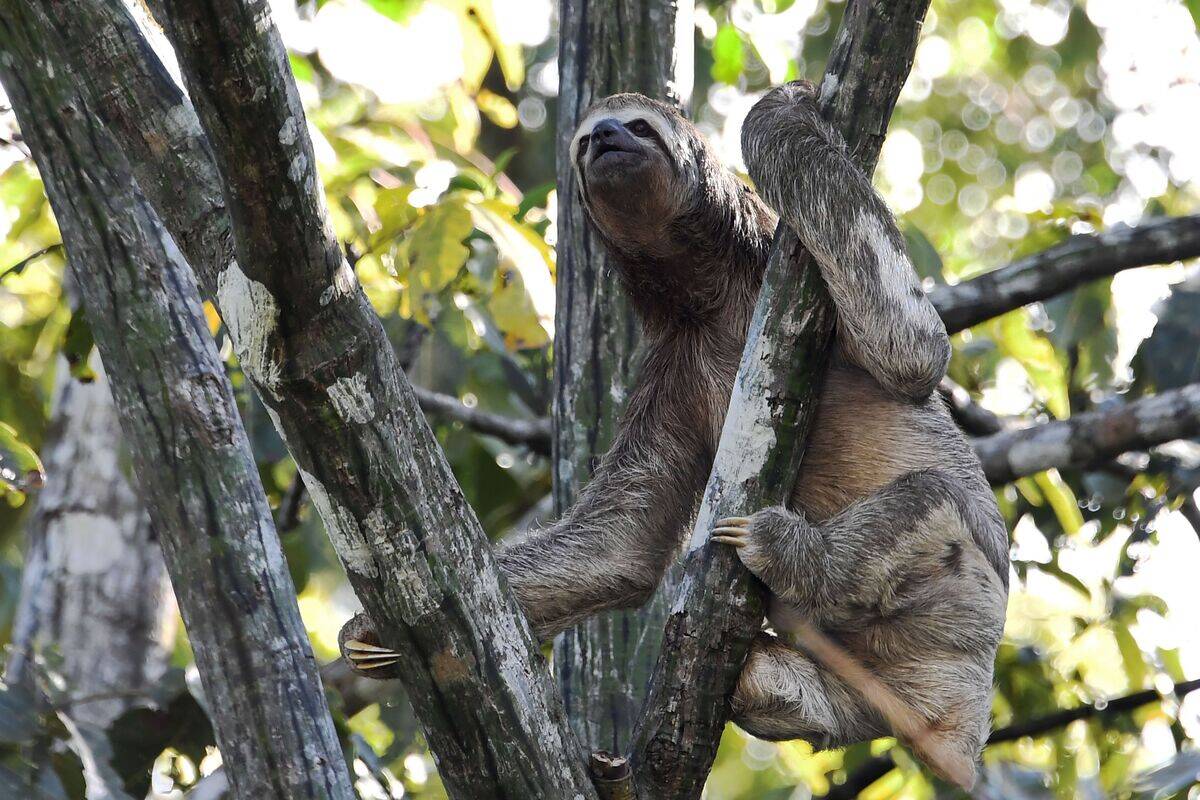
Trees provide essential habitats for countless species, supporting biodiversity both above and below ground. Birds, insects, mammals, and fungi all rely on trees for food, shelter, and breeding grounds. A single tree can host hundreds of different organisms, contributing to the rich tapestry of life within an ecosystem. By supporting such diverse life forms, trees play a crucial role in maintaining ecological balance and resilience.
The Economic Value of Trees: More Than Just Lumber

Trees offer economic benefits far beyond their use as lumber. They provide non-timber forest products such as fruits, nuts, and resins, supporting local economies worldwide. Additionally, trees enhance property values, attract tourism, and reduce energy costs by providing shade. Their ecosystem services, such as carbon sequestration and water regulation, also contribute significantly to the economy. Recognizing the multifaceted value of trees is essential for sustainable development.




